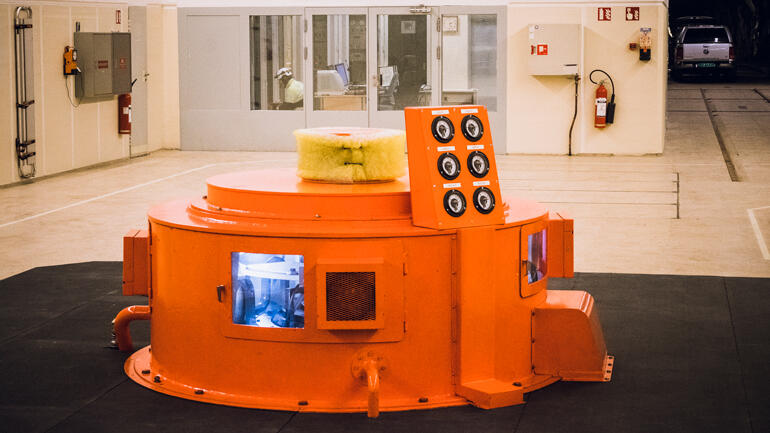The global mix of power generation is set to radically change the world, enabling a clean, carbon-free future of electricity. However, new system services are needed to secure the energy supply due to the inherent unreliability of new renewable resources, such as wind and solar.
A major opportunity lies in the fact that existing hydropower facilities have available capabilities that have not yet been exploited. In fact, its remarkable flexibility could allow higher penetration of renewables in the future power system, as long as the cost of its services could be appreciated enough to comply with the burden it takes.
The SysOpt project will develop a real-time control and optimization platform for the optimal operation of hydropower plants, improving profit, maximizing the available grid support services, and finally, allowing cost- and -efficiency sharing between the producer and the grid. The expected results will have an impact on the Norwegian electric power sector and enable new market models.
How the scientists work
The platform design intends to improve the control of existent control systems and coordinate the different hydropower plants online to reduce the overall power system grid losses.
The anticipated outcome will impact the Norwegian electricity sector (i.e., producers, transmission, and distribution) and opens up for discovering new markets.

Together with several partners from the Norwegian power industry will engage in the project to ensure the highest possible impact for the end-users and enable data sharing to maximize the relevance of the case studies undertaken throughout the project.
Collaborative project
SysOpt is a research project funded by the Norwegian Research Council and is coordinated by The University of South-Eastern Norway (USN). The project consortium consists of relevant actors along the entire value chain (i.e., grid and power companies, TSOs, and equipment suppliers).
Together with USN and Norwegian University of Science and Technology (NTNU), important competencies are expected to be developed through this broad collaboration. In addition, the National Renewable Energy Laboratory (NREL) from the US will also contribute to the project, and mutual visits between the US and Norway occur during the lifetime of SysOpt.
